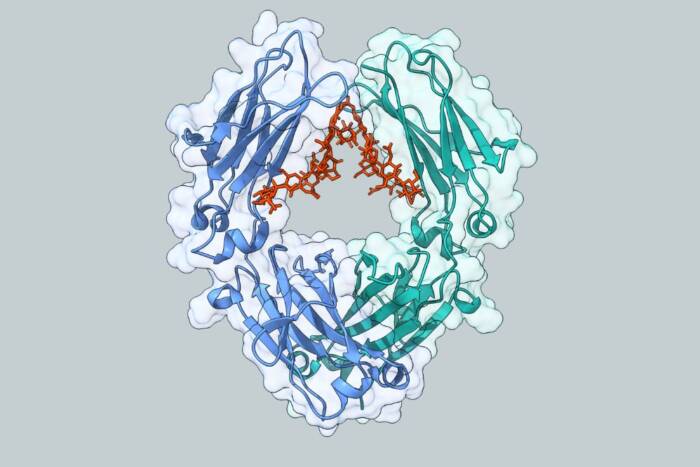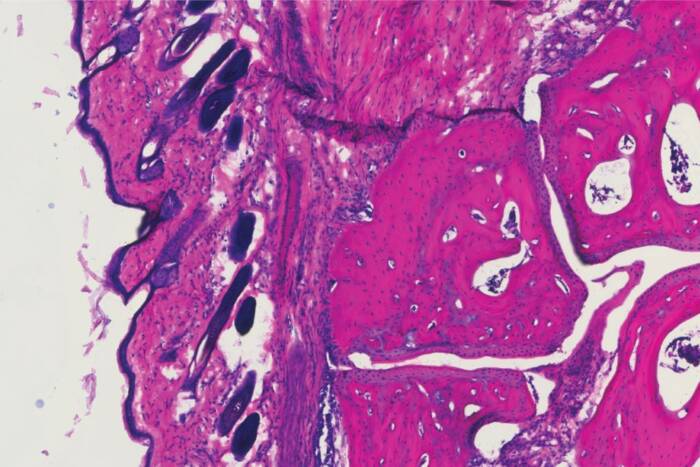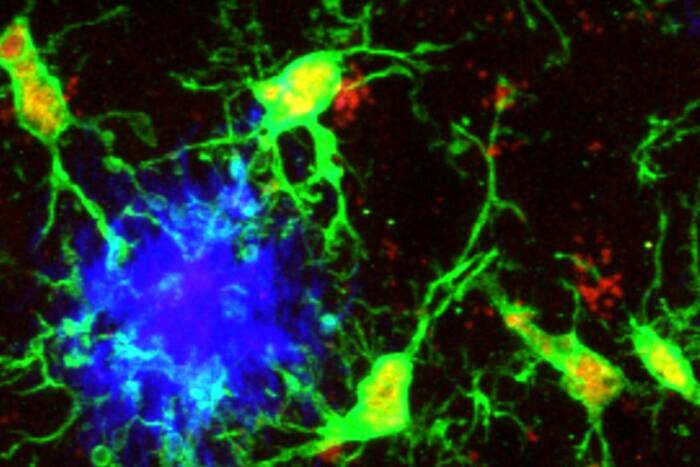Jaehoon Kim
B.S., M.S., Korea Advanced Institute of Science and Technology
The Role of Histone H2B Ubiquitylation and Its Related Factors in Transcriptional Regulation in Mammalian Cells
presented by Robert G. Roeder
Jaehoon Kim was born and raised in Korea. He received both bachelor and master of science degrees at the prestigious Korea Advanced Institute of Science and Technology, and then fulfilled his military obligations at the Samsung Research Institute, where he worked neither on warfare nor on electronics, but on enzymes that unravel DNA. With a strong background in molecular biology, including a half dozen publications, he arrived at Rockefeller University and joined my laboratory in 2001. My laboratory studies the mechanisms by which genes involved in various physiological processes are selectively transcribed (copied), producing RNA copies of DNA that are translated into proteins. The process is complex, involving dozens of different protein machines and necessitating modifications of the histone proteins that package and repress DNA so that the transcriptional machinery can access specific genes. Jaehoon chose to work on a particularly important and challenging project involving the tumor suppressor p53. This protein, which is incapacitated in over half of human cancers, activates target genes that regulate cell-cell division and cell death, such that cancer-prone cells (resulting, for example, from DNA damage) can be repaired or destroyed. After some initial contributions to an ongoing p53 project that resulted in co-authorship of a seminal publication in Cell with fellow lab member Woojin An, Jaehoon embarked on an independently conceived project involving a set of histone modifying enzymes not previously implicated in p53 function. The gene activation–histone modifying complexes in question act cooperatively and add ubiquitin and methyl moieties to lysine residues in histone H3. While I expressed considerable reluctance regarding this risky venture, Jaehoon’s insight and determination, along with his remarkable experimental skills, carried the day. He went on, essentially under his own guidance, to prove his hypothesis and to greatly enhance our understanding of the complex mechanisms involved in p53 function during DNA damage responses.
Over the course of this work, I have marveled at Jaehoon’s ability to recognize and focus on critical problems and by his extraordinary ability to organize and rapidly execute complex experiments involving dozens of biochemically purified proteins and protein complexes. But only recently did I discover part of the answer: comprehensive monthly to hourly work charts with detailed notations (of course they were in Korean, so I can’t be sure they didn’t relate to nonscientific activities).
While executing his remarkable science, Jaehoon has also been an exemplary colleague. His helpfulness and his friendly and very courteous manner have endeared him to our entire lab and especially to me. My remaining challenge is to get him to be seated before me, and his challenge is to get me to like kimchi. Happily we share a fondness for good sushi and sake. On a more serious note, rarely have I had any student (or postdoctoral fellow) with such a winning combination of scientific capabilities and personal characteristics. Jaehoon will be greatly missed when he leaves the lab. His plans are to do postdoctoral work in the United States and then to return to his native Korea, where I predict a bright future awaits him.



